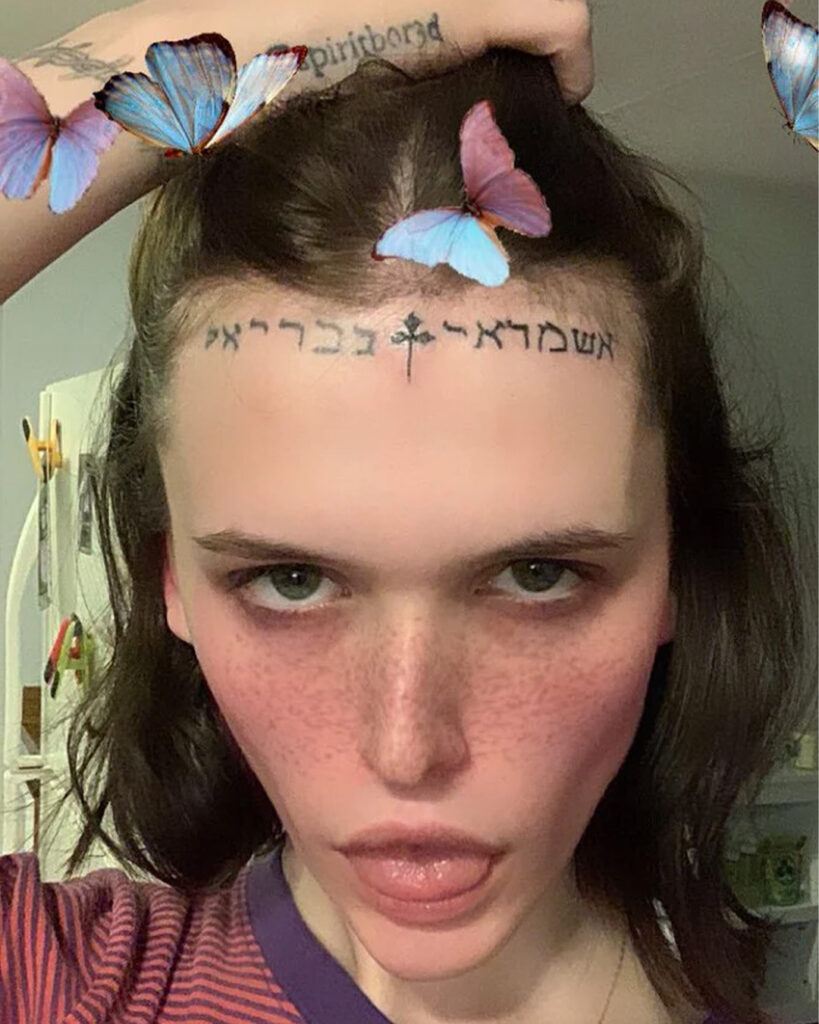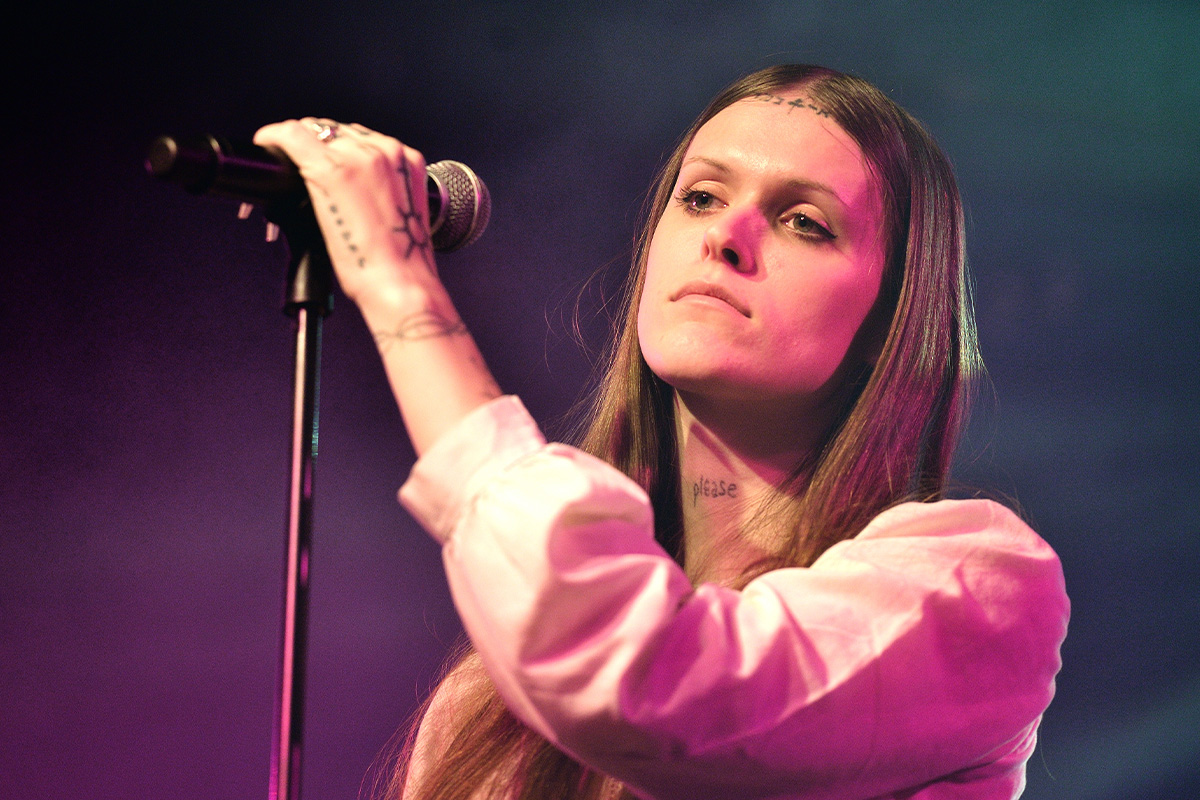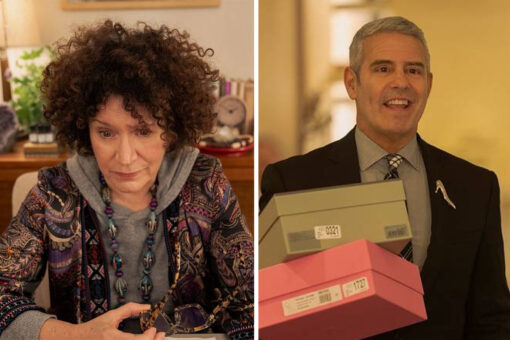Ever since Ethel Cain sprang onto the music scene in 2022 with her debut album “Preacher’s Daughter,” she’s been a cult-favorite among fans of alt-pop music, the queer community and the intersections between two.
The persona of singer-songwriter 27-year-old Hayden Anhedönia is a daughter of the rural, evangelical American south — much like Anhedönia herself. “Preacher’s Daughter” is a narrative journey in which viewers experience Ethel’s tragic life through a blending of country, heavy metal, pop and rock genres with themes of poverty, trauma, crises of faith and anti-war and anti-American establishment ideals. “Preacher’s Daughter” reached mainstream success, and Ethel Cain’s second album, a prequel titled “Willoughby Tucker, I’ll Always Love You,” comes out next week.
But if you can’t focus on any of that because you’re too busy trying to figure what Anhedönia’s hairline Hebrew tattoo says, we here at Hey Alma can’t blame you. Let’s break it down:
Based upon photos from Reddit, Anhedönia’s hairline tattoo is two separate words, split by a cross-like illustration. Reading right to left, the first word is spelled “אשמדאי” and the second is spelled “גבריאל”. (Yes, that gimmel is a little sketchy, but trust us here.) These are both names.

The name on the left, “גבריאל,” is Gabriel, as in the angel Gabriel. “Most references to Gabriel in traditional literature, including the Talmud and the Bedtime Shema liturgy, depict him as the emissary of God’s strength,” My Jewish Learning explains. “In fact, the Hebrew name Gavriel, or Gavar El, translates to ‘God’s might’ or ‘God’s power.'” Gabriel is generally understood as the most powerful of all the angels and has significance in the other Abrahamic religions. In Christianity, in which Anhedönia was raised, Gabriel told Mary of the immaculate conception; and in Islam, Gabriel led the prophet Muhammad to the Qu’ran.
The name on the right reads “Ashmedai” or “Asmodeus,” and is a little less well-known. Ashmedai is described in ancient Jewish texts (and in Zoroastrianism) as the prince of demons. My Jewish Learning once again offers some context: “A famous legend about Asmodeus in the Talmud (Gittin 68a-b) has it that King Solomon outwitted the prince of demons into helping him construct the first Temple.”
According to the New York Times, Gabriel and Ashmedai are Anhedönia’s favorite archangel and favorite demon. In the case of Ethel Cain, the names are a stick-and-poke tattoo done by a friend, per Reddit. (So, take that with a grain of salt.)
Ethel Cain is not the only non-Jewish celebrity to get a Hebrew tattoo. In fact, it seems to be a bit of a trend. Harry Styles famously has his sister Gemma’s name tatted in Hebrew letters across his shoulder. Ariana Grande, Rita Ora and Regina King all have strings of Hebrew letters inked on their body. Meanwhile, Christina Aguilera and Victoria Beckham have (or in Beckham’s case, had) verses from “Song of Songs” on their backs.
Whenever a non-Jewish public figure has a Hebrew tattoo, inevitably the question is whether or not it’s cultural appropriation. In this case the answer isn’t readily clear. But maybe it doesn’t matter — Hayden Anhedönia certainly has more controversial PR situations to worry about.



